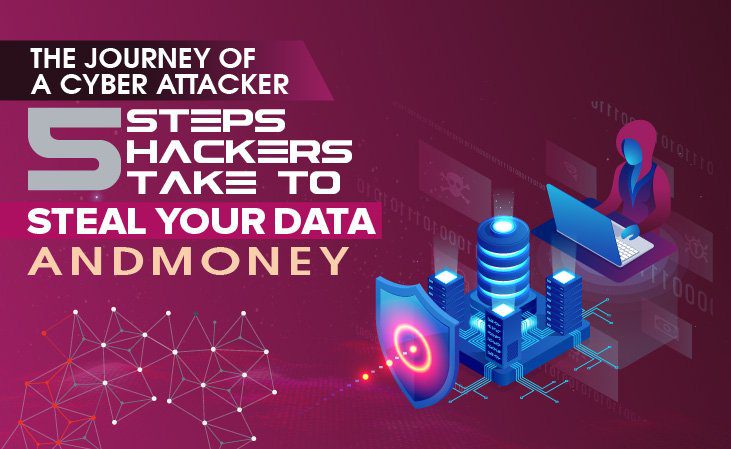Blogs
Home / Blog


Coronavirus has brought the world to a standstill. Despite all the doom and gloom, there are some positives that most of us can get takeaways from this coronavirus pandemic. There are many lessons you can learn from the deadly virus which you can apply in different industries such as cybersecurity.
Believe it or not, information on computer networks travels in the same way as disease processes work. That is why one of the first computer threats was known as viruses. In fact, computer viruses use the same strategies for infections and reproductions as their biological counterpart.
It all begins at a basic level as the biological virus spreads to their nearest neighbor. Same holds true for computer networks as they use routing protocols, which specifies how different routers communicate with one another and transfer information. This allows these routers to select the best routes between two nodes.
With so many similarities, HOSTNOC decided to draw a parallel between the two and find out what cybersecurity lessons businesses can learn from the coronavirus pandemic. In this article, you will learn about four key lessons COVID-19 outbreak has taught businesses.
Did you know why governments are asking their citizens to practice social distancing even though it is not a cure for the disease? To slow down the spread of coronavirus pandemic. Similarly, slowing down a cyberattack can have its benefits. Not only does this give you extra time to detect and respond to cyberattacks but also allows you to minimize the damage done by these malicious attacks. Even the traditional safes are rated based on their ability to resist criminals. The longer a safe can resist the thief, the stronger it is considered.
To overcome any disease, it is important to understand where the disease originated from, why does it happen, how will it spread and which areas are the hotspot. Cybersecurity works in the same way. Most cybersecurity teams struggle to identify the root cause of malware infections, which is why they could not respond to these cyber attacks in a timely and efficient manner.
To minimize the impact of cybersecurity attacks, it is imperative that you take a proactive approach to cybersecurity. Map out your entire network and understand information flow and access pathways to and from the best-dedicated server. Even though this might not be easy and might demand additional resources, which might bump up your IT operational costs, but it is well worth it. Take advantage of automation and sophisticated algorithms that enable you to answer important questions.
If you closely analyze the journey of a cyber attacker, you will notice that most cybersecurity attacks first target low-value targets and use these low-value targets to target and infect high-value targets. The reason they do that is that low-value targets are usually not protected, which makes their job much easier.
Similarly, diseases like coronavirus spread when humans connect with one another. It all started in China but has rapidly made its way to different countries of the world and today, we are at a stage where almost every country in the world is affected by this virus. In short, this means that both computer virus and biological virus move laterally. If you understand this lateral movement and could identify and break up these patterns, we can easily prevent infections from infecting other areas.
Wash your hands. You might have heard this advice hundreds of times during the last couple of months. Did you know why? Because it is the first and best line of defense against coronavirus. Same goes for cybersecurity. You need to take care of your online hygiene because if you won’t then, you will easily get infected.
This includes everything from knowing who is accessing your network and what kind of data is present on your network to making sure that devices accessing the network are configured correctly. Cybersecurity teams need to make sure that they follow best practices and cybersecurity frameworks and standards so their data could stay safe. Follow password best practices when setting passwords and implement two-factor authentication to add an extra layer of security.
Viruses, whether it is biological, or computer-based, share some similar key characteristics and if you understand them, you can prevent them from infecting your system. Once you follow cybersecurity best practices, slow down the process of infection by preventing lateral movement, you can easily protect your IT assets. Identify the root cause of the problem and develop an in-depth understanding of your cybersecurity architecture and information flow.
Which cybersecurity lessons did you learn from coronavirus? Feel free to share it with us in the comments section below.
Enter your email to receive the latest news, updates and offers from HostNoc.
